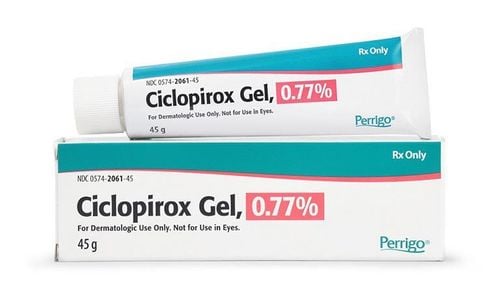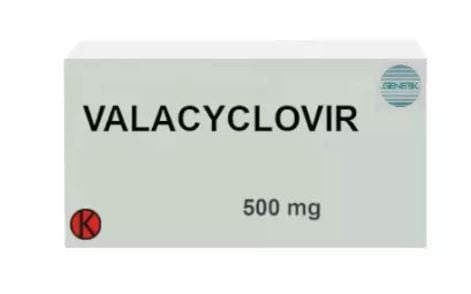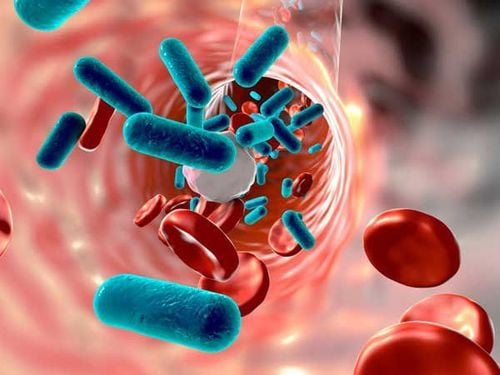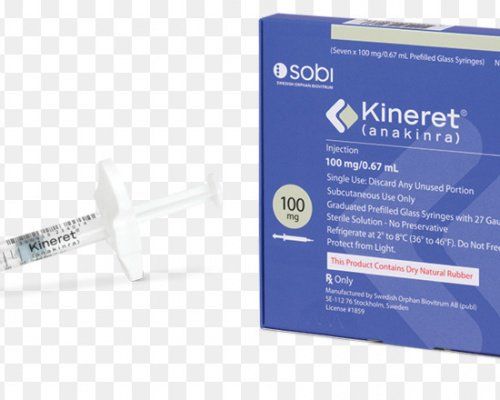This is an automatically translated article.
The article was professionally consulted with Doctor Vo Ha Bang Suong - General Internal Medicine - Department of Examination & Internal Medicine - Vinmec Phu Quoc International General Hospital.Nine fingers are a common hand infection, of which, nine fingers are the most common. Based on the depth of the infected lesion, it is divided into three sub-major regions as follows: superficial (skin layer), subcutaneous tissue nine and deep (tendon, joint, bone).
1. What is the nine-mesh?
Nine feet is a soft tissue infection of the fingertip, usually caused by staphylococcus and streptococcus. Bacteria enter the human body by entering through scratches, pricks, and minor wounds. The most common location is the distal soft tissue of the finger, which can be in the middle, on the sides, or at the tip of the finger. The normal soft-tissue septum helps limit the spread of infection, leading to pressure-enhancing abscesses and necrosis of adjacent tissue. The bones, joints, or underlying extensor tendons can become infected.Treatment of septal defect depends on the degree of infection, the malignancy, and the patient's location, usually including early incision and drainage (mid-lateral longitudinal incision corresponding to the septum) and oral antibiotics or infusion. Empiric treatment with cephalosporins is reasonable. In settings where methicillin-resistant Staphylococcus aureus (MRSA) infections are common, trimethoprim/sulfamethoxazole, clindamycin, doxycycline, or linezolid should be used instead of the cephalosporins.
2. Common finger nine types
Nine lines cause infection in the fingertips with 3 common types: nine superficial, nine subcutaneous and nine deep.2.1 Shallow and shallow nines begin in the skin of the fingers with the following specific cases:
Swollen, reddened form: Fingertips are mildly swollen, red, painful, without festering. For treatment, it is common to soak hands in hot water to release the base of the limb. Puffy form, nine sides in the skin: Initially, the finger is red and swollen, then pus accumulates in the epidermis, forming a blister with milky white pus inside. To treat, it is necessary to make an incision to let the pus out. After the incision, a compression bandage is required and a combination of systemic antibiotics is used.
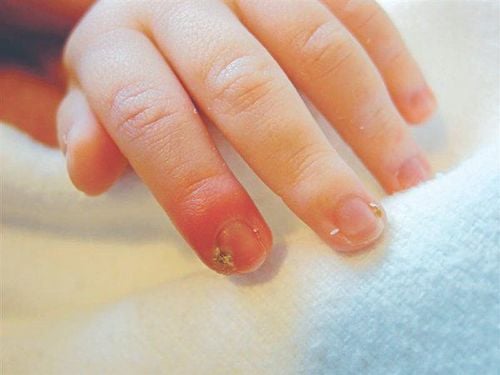
Chín mé nông gây cảm giác sưng đau cho người bệnh
Nine edges at the tip of the finger: This is the most common nine under the skin, appearing at the tip of the third knuckle of the finger with swelling, pain, redness, and pain. For treatment, it is necessary to make an arc cut through the tip of the finger to drain the pus and combine with systemic antibiotics. Nine sides of the knuckles: Usually occurs in the second knuckle, causing swelling and pain. To treat, it is necessary to make incisions on both sides of the burn to drain the pus.

Hình ảnh chín mé dưới da gây nhiễm trùng

Chín mé có thể gây triệu chứng sốt cao và mệt mỏi ở người bệnh
Currently, Vinmec International General Hospital is a general hospital with the function of examining, treating and preventing many different diseases. With perfect service quality, a team of qualified, experienced doctors and modern medical equipment will bring satisfaction to customers.
Please dial HOTLINE for more information or register for an appointment HERE. Download MyVinmec app to make appointments faster and to manage your bookings easily.




